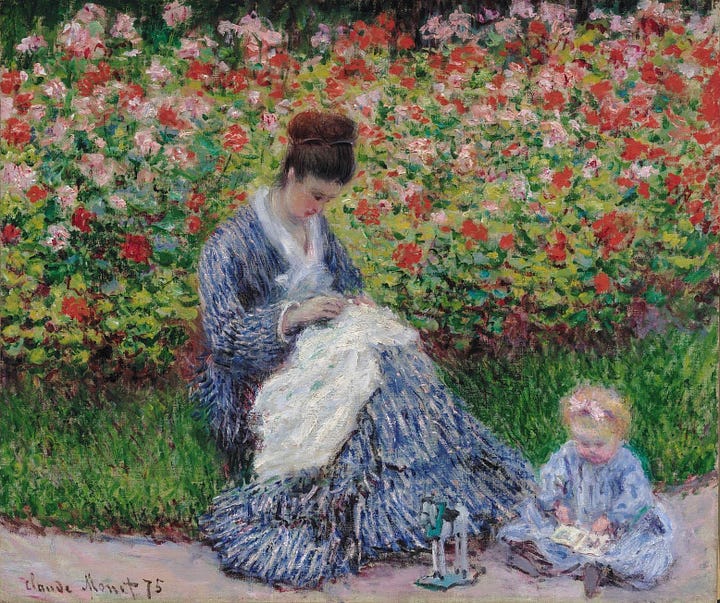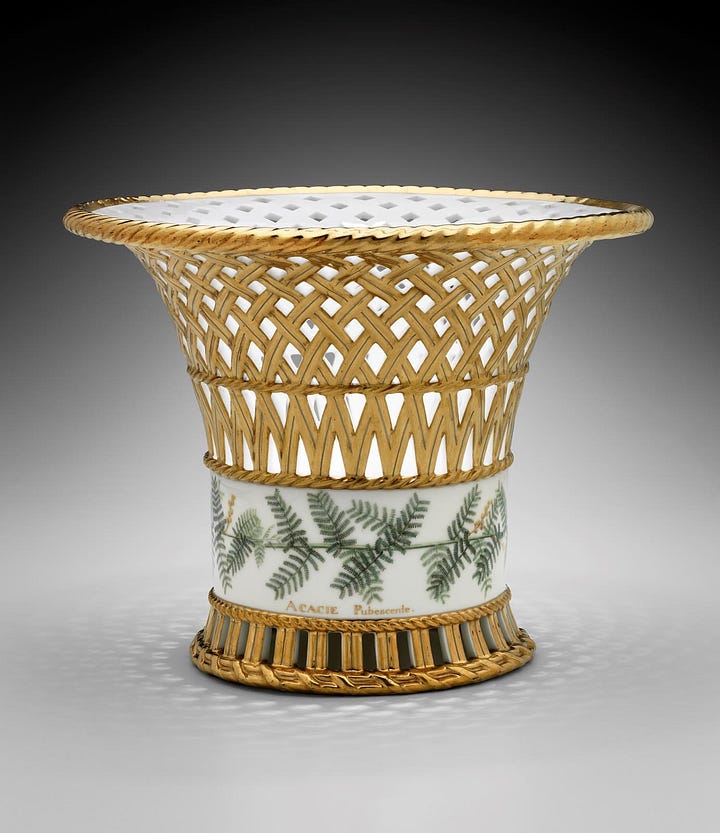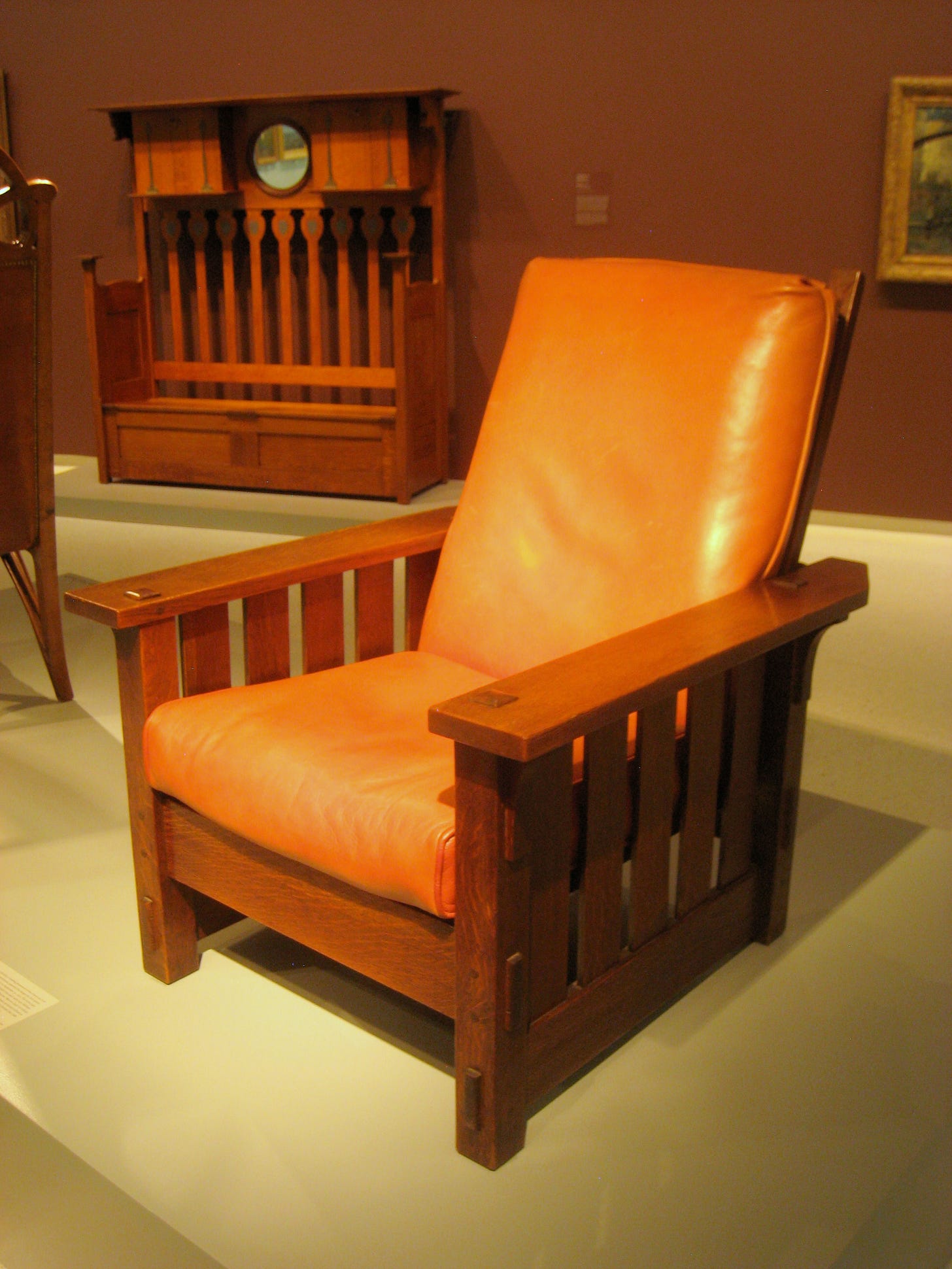I’m of an age where I think about decluttering and downsizing. It’s hard! We fill our homes with objects that appeal to us, that touch us, that represent us – our lives, our interests, our travels.
This decluttering process has got me thinking. What do I keep? What do I let go of? And what are those decisions based on? I know there are books and “systems” to apply. “Hold it and if you love it keep it.” “If you haven’t used it in a year, toss it out.” “If you don’t have a home for it, let it go.”
None of those quite fit for me. I like a “system” but at the same time, I like to float along on a project, too. I started by going through every room, every closet and every bookshelf, and pulling out the obvious. Things that just didn’t appeal to me. Things that were out of date or worn or broken. That wasn’t too hard. I felt rather proud of myself!
It was the next phase that became uncomfortable and difficult. I would look at a piece of art and say, “Well, it’s certainly not a Monet.” And I’d open the cupboard to my small collection of art pottery (late 19th – early 20th century) and say, “Well, it’s not like these are a piece of Sèvres porcelain.” I stalled out.


And there they would all stay, as I tried to decide what was valuable to me. And what did “value” mean?
I love my stuff! The 19th century Chinese medicine chest my dad brought back from his trip to Asia. The Arts and Crafts rocking chair that came from Michigan. The cranberry glass pitcher that belonged to my grandma. The wee framed painting of the Rome skyline that I bought at a market in Rome on my first trip to Europe. The tiny American flag pin that my brother and I gave to my grandma for her 80th birthday. The paperback of W.B. Yeats poems that I bought in Ireland when I was hitchhiking around Europe at age 20. The cap I bought for my dad in the Demilitarized Zone in Korea. The game Mille Bourne that was in our game closet when I was a kid. The winter hat my mom knitted me when I was 12. The silver pin with a blue-green stone that I made (yes, I made!) in a 9th grade jewelry class.
None of them belong in a museum. But they have value – to me. What’s the difference between the value a museum places on an object and the value I place on my stuff?
As I thought about it, I realized there’s an overlap. It comes down to stories and connections. Yes, museum objects are accorded a financial value. While there are multiple factors that determine value: historical significance, artistic merit, the condition, the provenance (the history of ownership), and more. But, ultimately, museum objects tell stories and they connect visitors to history, culture, and more.
A Monet is valuable because of his artistic skill, but his art also tells stories about him as a person, about the history of Impressionist paintings, and about gardening. And, when standing in front of a Monet, we may connect. We may connect to his choice of images. Or, we might connect to the friend who is with us as we share our love of gardening.
A chair by Gustav Stickley tells stories about the Arts and Crafts movement, about furniture production, and about craftsmanship around 1900. And, as we admire it, we may connect to a memory of our grandparents having Stickley furniture in their home. Or we may connect because, we, too, love working with oak to create lovely yet practical items.
My stuff tells stories and is embedded with connections, too. They tell stories about my wandering years when I lived in London, and Sydney, and Brussels. They are a backdrop for my museum visits where I bought books, postcards, notecards, and neck scarves. They hold my memories of me working for my mom in her shop, Sign of the Thistle, on Mackinac Island in Michigan.
And they connect me. They connect me to the time my brother and I went powder cat skiing in Utah. They connect me to my mom and her needlework skills. They connect me to spending time with my dad in his office as an attorney. They connect me to my friends and our regular get-togethers. They connect me to the trip my daughter and I took to Hong Kong. They connect me to my art pottery collecting days when I read books, attended conferences, and meandered into antique stores and flea markets looking for a treasure.
And on and on.
Realizing that our stuff is important not because of its financial value but because of their stories and their connection, was both comforting and a bit challenging. Comforting because stories and connections are now and have always been an important aspect of my life. Challenging because it makes it harder to let go of those stories, those connections.
So, I slowly stumble forward in my decluttering project. I’m trying to balance what I love and don’t want to let go of, with the practical fact that I simply can’t keep it all.
In the end, I remind myself – over and over and over – that the memories are more important than the stuff.
What about you? What kind of value do you put on your stuff? Do you have things that tell important stories? Things that provide important connections to people and times in your life? How do you make decisions about what to keep and what to let go of?
Did you see these?
Are you for or against audio tours in museums?
Doodle Your Way Through a Museum Visit
Reminder
Likes and comments are greatly appreciated because they help build community.





I so identify with the quandary of letting go of the contents of my home. I have moved many times, and like other commentators below, to smaller and smaller spaces. Some things have been graciously received by friends, most by Goodwill. Before starting to pack up and saying good-bye to my stuff, I have taken pictures of the home I'm leaving. This might be silly, since I rarely go back to look at the images, but when I do, they make for good memories. The value is definitely "stories and connections".
Wow.... This article touches many, many people I bet. I've moved quite a number of times. I currently live with my partner of 12 years ... in a considerably small house. I've had to downsize numerous times. It's hard.
I like the idea below from Bluemoonistic of photographing things before we let go of them. Then we still have the photo reminder of the memories and connections.
Another small idea I've just had ....! Keep a journal about all these loved items, because even without photos you can read back over many wonderful memories.